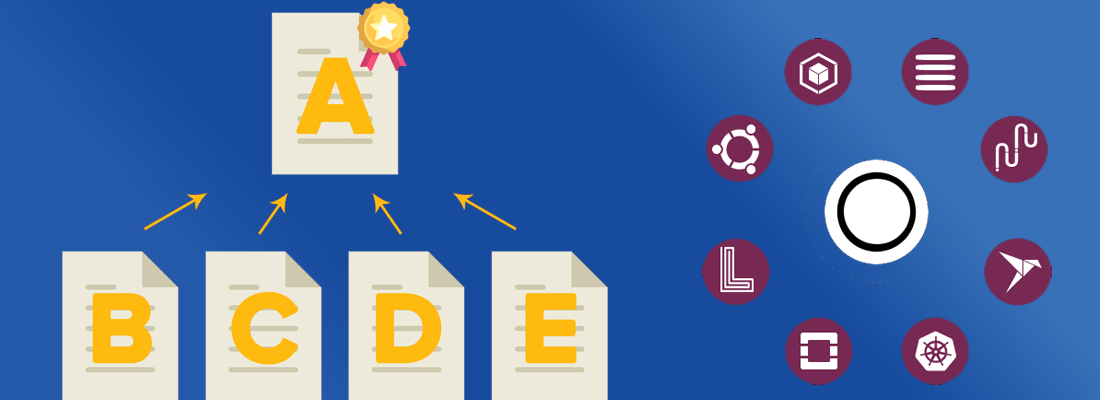
Posted On : 19 January 2021
A site’s URL structure needs to be optimized if you want to champion the SEO strategy. It should be as simple as possible while being logically structured, so it can be intelligible to humans. This is why it is crucial that you pay attention to the URL on your website and optimize them accordingly. This guide will support you in formulating your URL structures in a more appealing and SEO-friendly manner. Stick with us and read on.
What is an SEO-Friendly URL Structure?
Consider the following URL:
http://www.example.com/index.php?id_fenae=639daw232fdje9sid&anr32223n9hndwe8
This URL is not only very unappealing, but it can also affect your SEO strategy. Instead, a well-optimized URL structure will be more beneficial to your website. There are various reasons why URLs get structured with unnecessary numbers.
For instance, many websites offer different views of the same items or search results. In this way, users often have the ability to filter out the results with defined criteria. When the filters are arranged in an additive manner, the numbers in the URLs (that are actually views of data) can bombard its structure.
On the other hand, the dynamic generation of documents can also cause changes in the URL structures, mainly because of timestamps and counters. Parameters in the URL can prove to be problematic, for instance, when it comes to session IDs.
Moreover, broken relative links can result in numerous infinite spaces due to repeated path elements. A dynamically generated calendar might result in links pointing to the future and previous dates if there are no restrictions on the start and end dates. Therefore, it also comes down to how you have optimized the elements on your website to structure the URL.
Easy to Read

Refer back to the previous URL we showed you. The URL is both unappealing and less readable. Users prefer URLs that are more readable. This is because they allow the users to identify what the page is offering. Accessibility is also one of the most crucial elements when it comes to SEO strategies.
Search engines want to ensure that the best results are offered to the users. In doing so, they use data signals to determine how and what people are engaging with. In this way, if the users are avoiding the website due to the lengthy URLs that make no sense to them or look suspicious, then the search engine might not recognize your website well. This is why readability should be your top priority.
Keyword-Rich - Use Your Keywords
Using the right keywords in the URLs is also extremely crucial. If you still didn’t know this, numerous keywords can be used in the URLs for targeting your desired rankings. This is because the keywords in the URL indicate what the page is about to offer. When an individual comes across your site’s URL on social media, email, or Meta filter, they can hover over it before clicking in order to know what they will be getting and can expect from the website.
On the other hand, URLs are copied and pasted quite frequently, especially when there is no anchor text used in the link. The URL acts like the anchor text itself. So, for instance, if you are linking a page on a social media post, the URL will be pasted in the post. In such a case, a well-optimized URL structure with keywords will look far better and increase the rankings as well. Therefore, you should ensure to search for the right keywords and use them in your URL.
Consistent - Construct a Sound Structure for the Future

It is incredibly crucial to choose the right URL that can work in the future as well. Site structure plays a very imperative role when it comes to SEO . For instance, consider the following URL structure:
http://www.example.com/url-structure
The aforementioned URL specifies the year 2019. In this way, the users might not be able to open this URL in the year 2021 or after that.
Instead, it will be much better to have a URL structure as follows:
http://www.example.com/url-structure-2020
This URL structure does not mention any year, and therefore, it can be easily updated and accessed at any time in the future.
Static - Minimize Dynamic URL Strings
There are two types of URLs – dynamic and statics. The dynamic URLs have numerous parameters that vary from time to time. On the other hand, static URLs are always consistent. When it comes to creating the URLs, it is preferred to avoid the dynamic ones.
An example of a dynamic URL is:
http://www.example.com/structure/?cid=4324
Conversely, static URLs are much easier to read since they do not contain any parameters. When creating static URLs, you should also avoid mentioning a lot of folders because that will increase the number of slashes in the structure.
It can also get complicated for the search engines to understand the meaning of your URL. Typically, it is preferred to limit the total number of folders to a maximum of two. In this way, your URL will have an appropriate length. Static URLs have descriptive keywords, and thus, they are more user-friendly as compared to dynamic URLs.
Comprehensive - Fuse the Different Versions of Your Site

There are two prevalent versions of any domain indexed in the search engines. These include the www and the non-www version. Then, the use of HTTPS and HTTP can also complex the domain versions.
When more than one domain version exists, many SEO companies use the 301 redirects for pointing to the other version. In this way, the search engine can know that the particular URL has been shifted to another destination. You can also specify the preferred version of the domain in the Google Search Console.
However, many of your backlinks might still be pointing to the unpreferred version of your domain. In this way, it is essential to consolidate all the versions of your site to establish a constructive link between them. This can be done with a canonical tag as well.
Submitted to Search Engines - Create an XML Sitemap
Search engines rely on crawling the websites instead of manually searching for them. If you want your site’s URL to be identified, then you should consider submitting it to the search engines. This can be easily attained by creating a comprehensive XML sitemap.
The XML is basically “Extensible Markup Language.” Doing so will allow you to improve your website and help the crawlers in ranking your site. The crawlers can also see what is available on the website and how it is organized. A well-organized XML sitemap can also show when and how many times the page was updated.
Use Canonical Tags
The canonical tags are basically pieces of tags that can be created if you have multiple versions of the same page. By incorporating these tags in your site, you can help the search engine to recognize which page version is preferred.
The canonical tags only work for showing which page version is preferred. For any redirection, redirects should be used. On the other hand, for paginated content, it is much better to use the rel=”next” and rel=”prev” tags.
Don’t Use Superfluous Words & Characters
When the users look at the URL, they don’t expect to see crampy words and characters. Not every single conjunction or preposition has to be part of your URL structure. Even words like “the” or “and” serve as distractions. They can affect the URL structure quite badly.
After all, the users can understand what the page is offering without the use of these words. In the same way, search engines can also derive the meaning from the URL structures without requiring such words.
On the other hand, you should also avoid repeating the keywords within the URL structure. By adding the same keywords over and over again, you can create a spammy URL structure instead of having any benefit for your search rankings. Here is an example:
http://www.example.com/seo-strategies/singapore-seo-strategies/company/seo-strategies-company-singapore
The repetition of the keyword for the first two times is sufficient. But repeating it over and over again is only affecting the URL structure.
You should also restrict the use of hashes. You can use hyphens for separating the words, while underscores can be utilized for joining the two words. It is also a good practice to restrict the URL length to 512 pixels because, after this length, Google can truncate the URL in the search engine result pages.
SEO Friendly URLs Are Simply Must
It goes without saying that a well-optimized URL can be much more beneficial for your site than a cramped one. In this way, it is imperative that you employ the aforementioned tips and improve the structures of your site’s URL. Not only will you be able to advance your SEO efforts, but a well-optimized URL will help customers in identifying what your website offers. There are numerous resources available only that can further help you in searching for relevant keywords, optimizing your canonical tags, and creating XML sitemaps.
